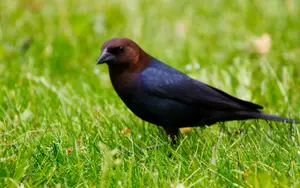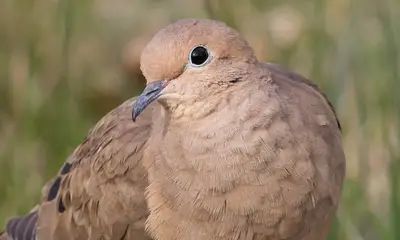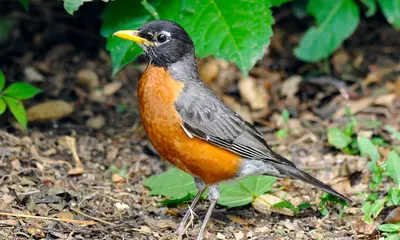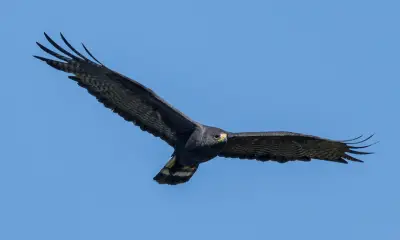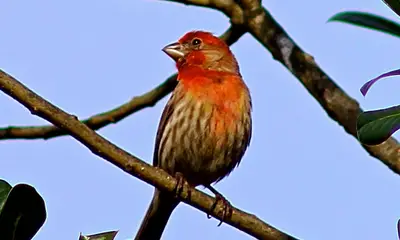15 Types Of SMALL YELLOW And BLACK BIRDS (Guide With Photos)
Did you recently come across a small bird that was yellow and black, and want to know what species it was?
Identifying small birds with yellow and black feathers is not as easy as it might seem, since there are many species of birds in North America that fit this description.
To help you identify the bird you saw, we’ll cover the most common small yellow and black birds in North America in this article.
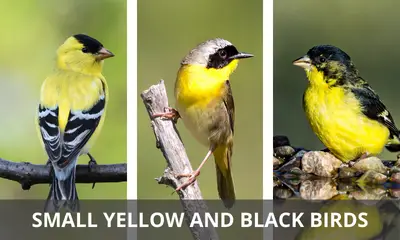
What small birds are yellow and black?
There are 15 types of small birds in North America that are yellow and black, which are covered in full detail below.
American Goldfinch
Scientific name: Spinus tristis
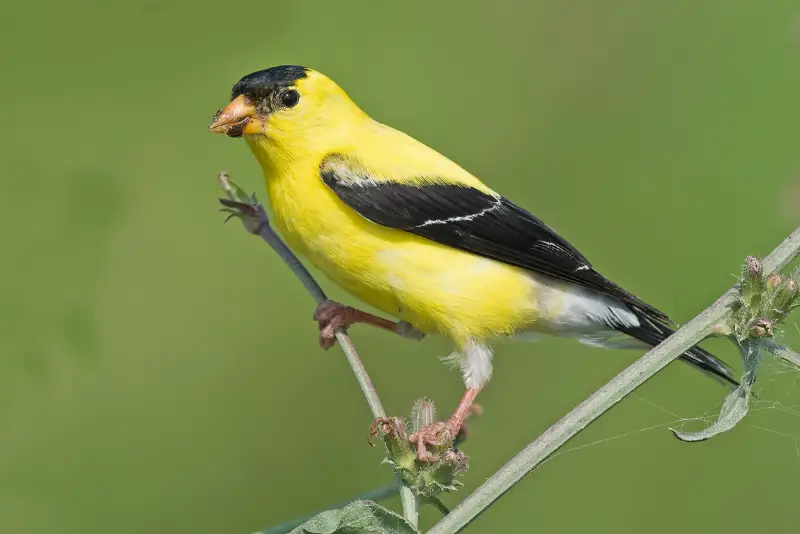
The American Goldfinch can be found in the northern United States year-round but is most active in suburban areas during the summer months.
The male American Goldfinch is a dazzling, bright yellow body with black wings and tails, as well as a black forehead.
These small finches are the most common yellow and black birds in North America
Their wings are black decorated with white markings. The females are a bit quite different though, having a primary olive color and yellow bellies that are a lot duller than the male’s.
The American Goldfinch is usually found in weedy fields and floodplains, but can also be found in orchards, roadsides, and backyards.
These birds generally like to eat seeds and grains, and are readily attracted to bird feeders that offer black oil sunflower seeds.
Lesser Goldfinch
Scientific name: Spinus psaltria
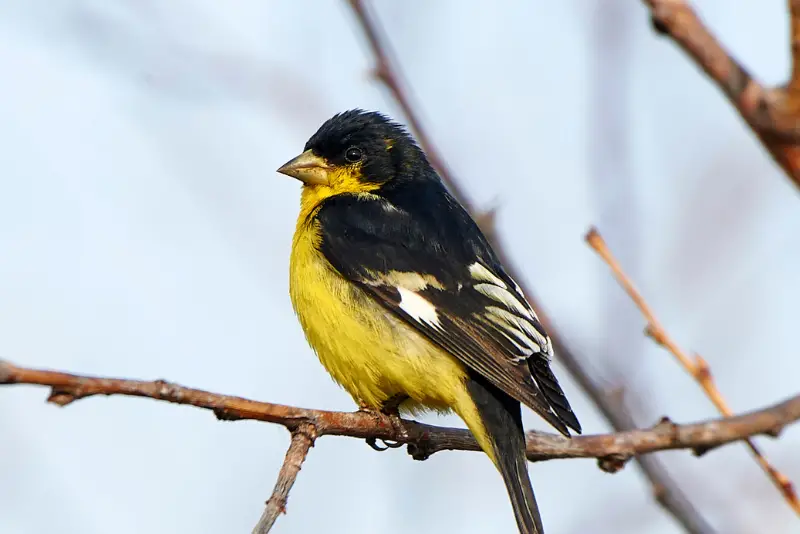
The Lesser Goldfinch is found in southwestern parts of the United States, with Texas forming the easternmost part of its breeding range in North America.
Adult males have a black cap and black wings that contrast with their bright yellow underparts. Their black wings have a white stripe, which is most obvious in flight.
Females and juveniles are olive green, with lighter underparts and dark wings with a white wing bar.
The Lesser Goldfinch is a year-round resident in southwestern states, and outside of the breeding season it likes to forage in flocks, mainly feeding on thistles.
Common Yellowthroat
Scientific name: Geothlypis trichas
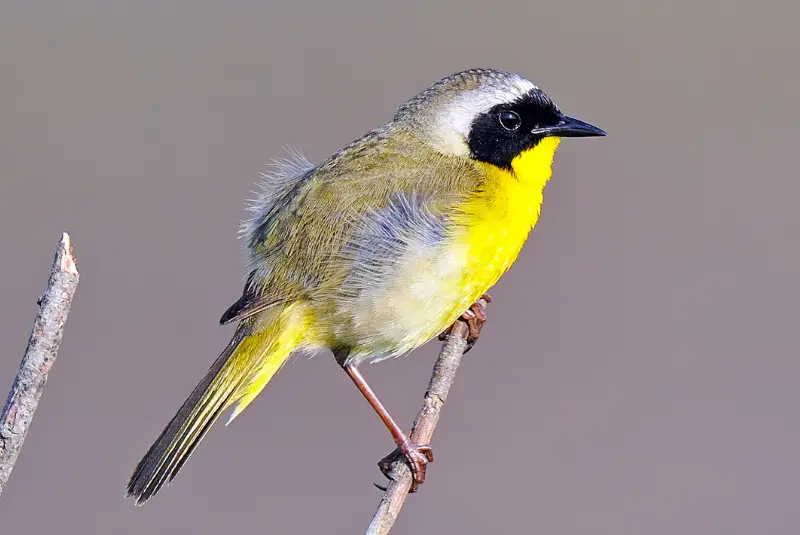
The Common Yellowthroat is a brightly colored small warbler. Adult males have a bright yellow throat and breast, as well as a broad black band across their face, which covers the forehead and cheeks.
Their black face mask is bordered on top by a grayish white band, which transitions into the olive brown nape and back. Females are similar, but lack the black face mask.
The Common Yellowthroat is a migratory bird that spends the winter in the southern United States and Central America. It prefers shrubland and grassy habitats, and feeds on insects and other invertebrates.
Evening Grosbeak
Scientific name: Coccothraustes vespertinus

The Evening Grosbeak is a large finch with a massive bill that makes it easy to recognize this bird.
Adult males have a bright golden forehead, mantle, and bright yellow undersides. Females and immatures are mostly yellow and grey.
These little yellow birds with black markings form flocks in winter, and are common visitors at bird feeders in the cold months.
Eastern Meadowlark
Scientific name: Sturnella magna
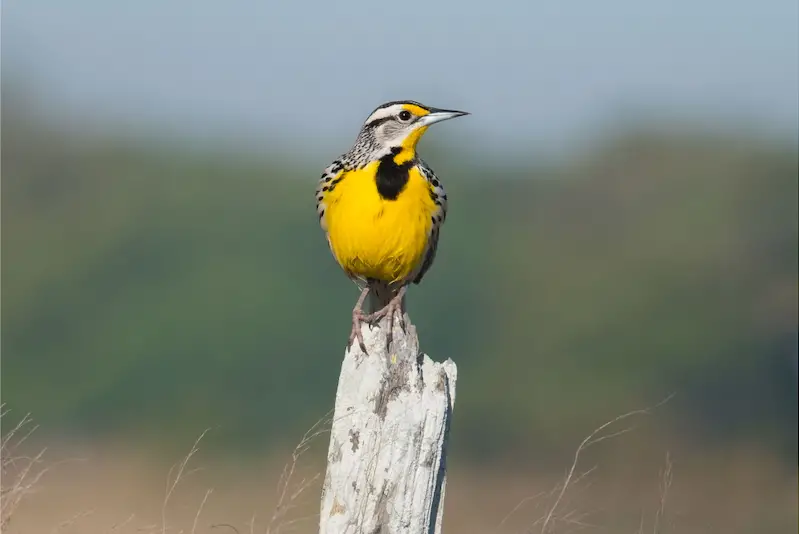
This colorful bird spends most of its time foraging on the ground.
The Eastern Meadowlark, like other American lark species, has a short tail and a conical beak that is ideally adapted for gathering seeds and insects on the ground.
The upperparts of adult Eastern Meadowlarks are light brown with black markings, while the underparts are brilliant lemon yellow, with a jet black V on the chest.
Western Meadowlark
Scientific name: Sturnella neglecta
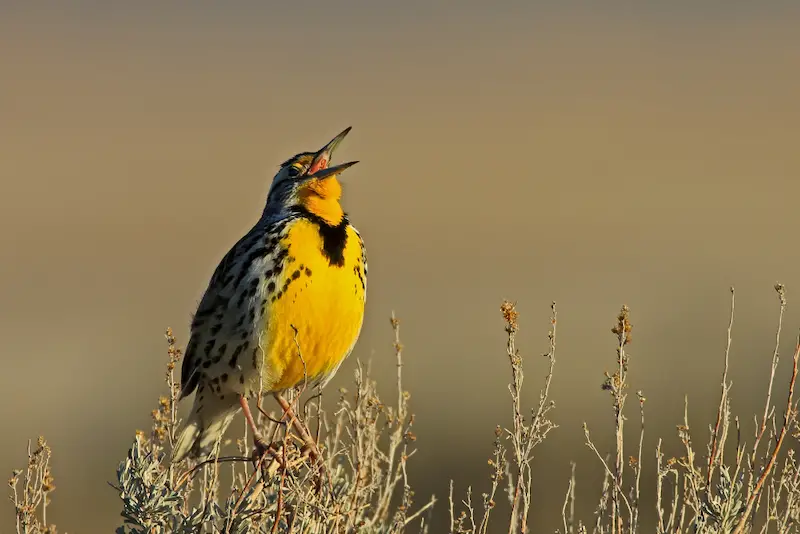
The Western Meadowlark closely resembles the Eastern Meadowlark, but is found in more western areas of North America.
Although the two meadowlark species closely resemble each other, and their ranges overlap considerably, they almost never form hybrids.
Combined with its striking black and yellow coloration, this makes the Western Meadowlark a pure joy to observe.
Yellow-headed Blackbird
Scientific name: Xanthocephalus xanthocephalus
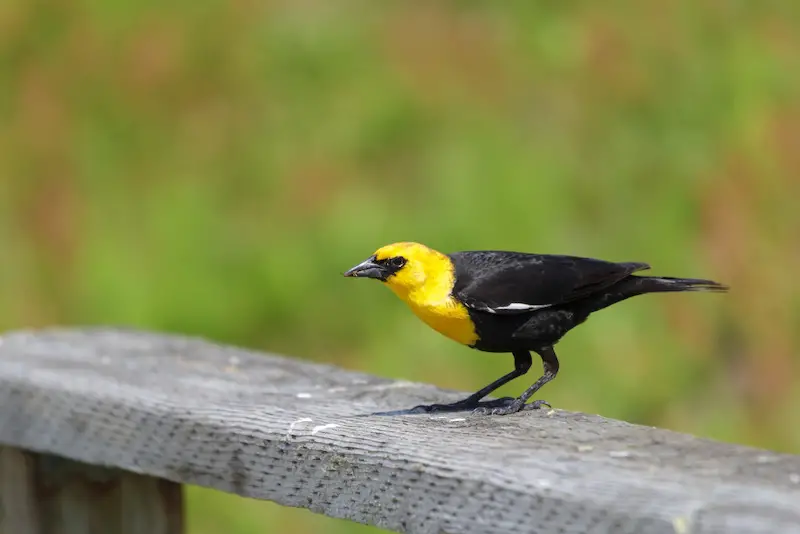
Yellow-headed Blackbirds are more common in western North America, but also occur regularly as visitors outside of their range.
Adult males stand out thanks to their distinctive bright yellow chest and head, paired with a jet black body.
During the summer months, these black and yellow birds feed mostly on insects and other invertebrates. Typically, these birds breed in lowland areas with wetlands and dense growth of cattails.
Wilson’s Warbler
Scientific name: Cardellina pusilla
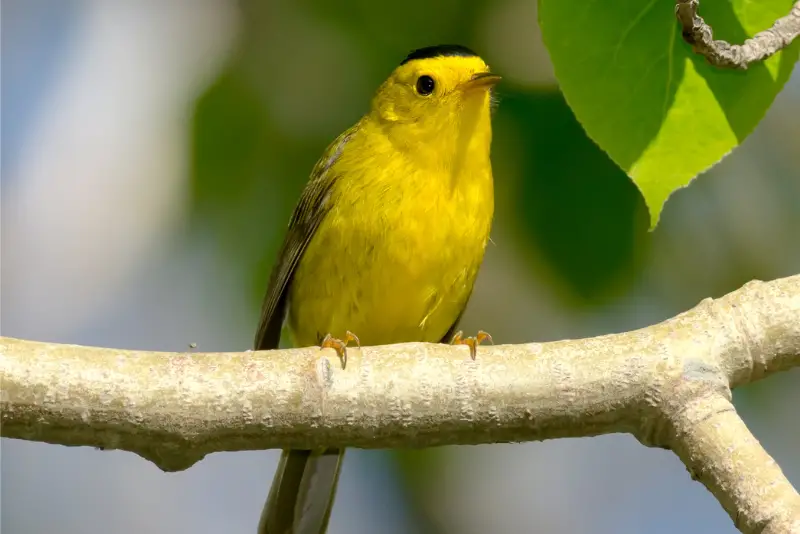
Wilson’s Warbler is a small yellow bird with a black crown, olive colored upperparts and buff green underparts.
This little bird is primarily a breeding bird of Canada, and is spotted in the US as a visitor during spring and fall migration.
This bird prefers damp woodlands with dense shrubs, where it forages for insects and other invertebrates.
Canada Warbler
Scientific name: Cardellina canadensis
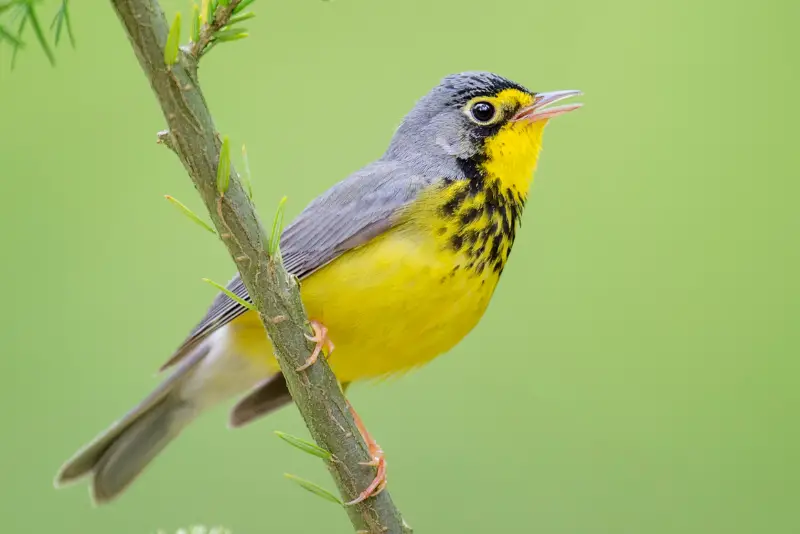
The Canada Warbler is a vibrant small songbird that may be found as a breeding bird in Canada and northern states of the eastern USA.
The sexes look different, but both have blue-gray upperparts and bright yellow belly. Adult males also have a band of dark streaks that divides the throat from the breast.
This bird favors damp forests with plenty of undergrowth, and is often found near water. It winters in South America.
Magnolia Warbler
Scientific name: Setophaga magnolia
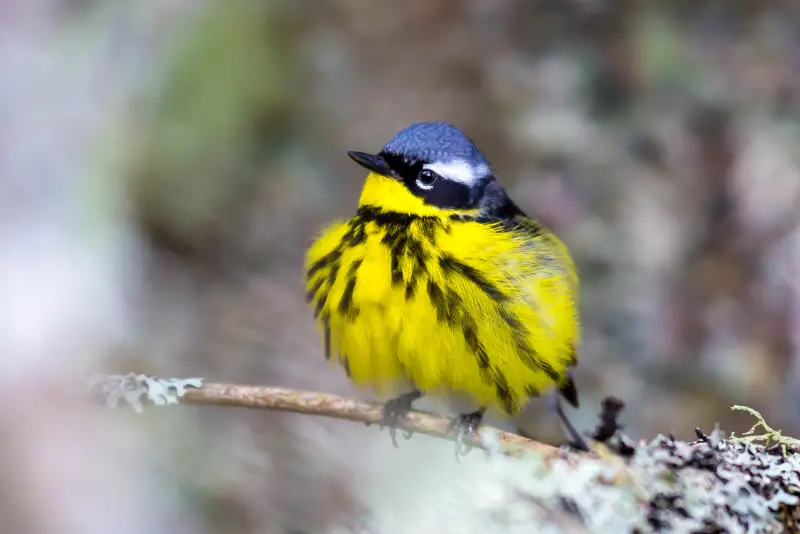
Adult males of this colorful bird have dark upperparts and bright yellow underparts with a black chest band and dark streaks on the flanks.
The crown is blueish gray, and is separated from the light throat by a black mask. Females look similar, but lack the areas of black plumage.
This bird may be seen as a breeding species in North America from the end of May through the month of August.
Yellow-throated Warbler
Scientific name: Setophaga dominica

The Yellow-throated Warbler is easily identifiable by its vibrant yellow throat, which contrasts with black-and-white head markings and a blueish gray back.
While Yellow-throated Warblers rarely visit feeders, you can still attract them to your backyard by planting native shrubs and trees that provide a suitable foraging habitat for these birds.
Yellow-throated Warblers are summer visitors in North America, where they nest in deciduous woodlands. But they can be hard to observe, since they mostly forage in treetops.
Black-throated Green Warbler
Scientific name: Setophaga virens

Similar to the Townsend’s Warbler, the Black-throated Green Warbler is also a colorful little warbler.
Adult males have olive green backs, bright yellow heads and chests, and a black throat and chest. The underparts are buff white with dark streaks in the flanks. Females look similar, but don’t have a black throat.
This bird favors mixed and coniferous forests, and migrates to the Caribbean to spend its winter.
Hooded Warbler
Scientific name: Setophaga citrina
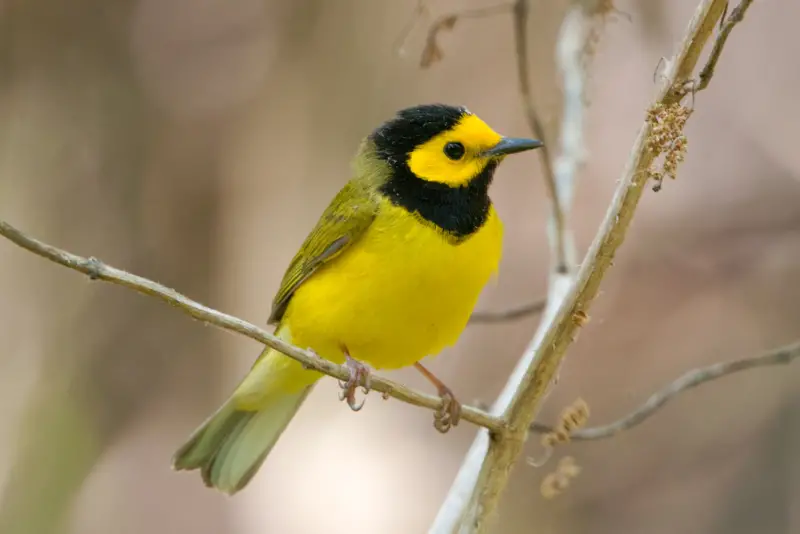
These brightly colored birds are summer visitors in the eastern United States, where they can be seen from May to September.
The Male has a striking black-and-yellow head, while its back is olive green.
Females and immatures are similar to males, but lack the black areas on their head. These small yellow birds don’t visit bird feeders, and are most often spotted in backyards during migration.
These birds prefer forests with dense undergrowth, and winter in Mexico and Central America.
Kentucky Warbler
Scientific name: Geothlypis formosa
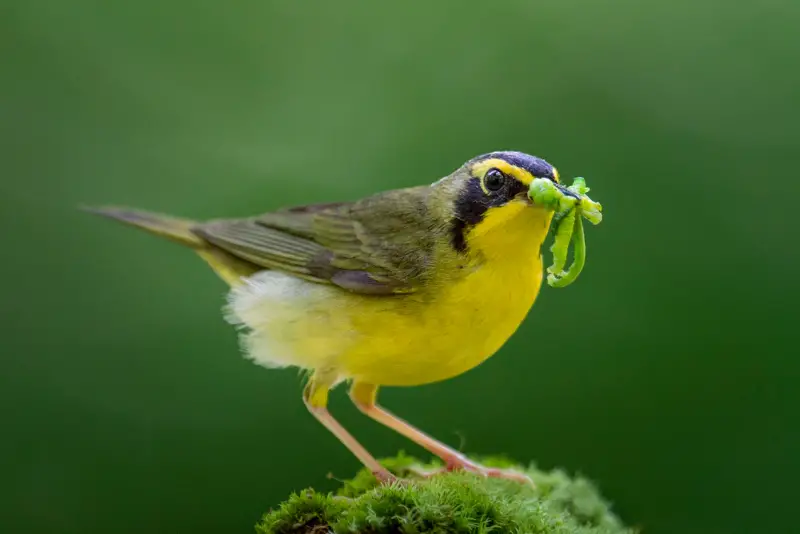
The Kentucky Warbler is an attractive small songbird with olive-green upperparts and citron yellow underparts.
While both sexes look largely similar, males are more colorful with a striking combination of yellow and black feathers on their head. Females, on the other hand, have gray feathers replacing the black elements of their plumage.
Immature females are subtly similar to adult females but have dark olive replacing the dark elements of their head pattern. All Kentucky Warblers have pinkish legs.
They breed in the southern United States from May to August and spend the rest of the year in Central and South America.
They are hard to observe because they are secretive and live in remote and hard-to-access habitats.
Prairie Warbler
Scientific name: Setophaga discolor
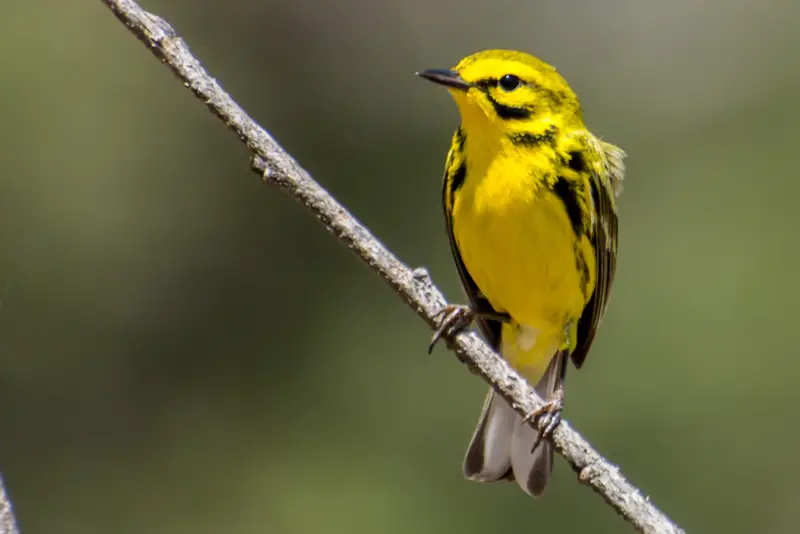
The Prairie Warbler is a beautiful small songbird of young forests and shrubland.
The upperparts of adult males are olive-yellow, with slightly darker wings that feature two pale wingbars.
The yellow belly and throat are a bright shade of lemon yellow, as is their face, except for dark eye stripes. Their yellow flanks have black streaks on them.
Females and juveniles look similar, but have less distinctive streaks on their face and flanks.
This warbler is a widespread summer visitor in the southern United States, where it occurs from May through August. It winters in Florida and the Caribbean region.
Final remarks
In summary, here are the 15 types of small birds that are both yellow and black:
- American Goldfinch
- Lesser Goldfinch
- Common Yellowthroat
- Evening Grosbeak
- Eastern Meadowlark
- Western Meadowlark
- Yellow-headed Blackbird
- Black-throated Green Warbler
- Magnolia Warbler
- Yellow-throated Warbler
- Wilson’s Warbler
- Canada Warbler
- Hooded Warbler
- Kentucky Warbler
- Prairie Warbler
If you’ve spotted one of these yellow and black birds, but aren’t sure which species it was, check our detailed ID guide with photos above.
If you enjoyed this article, check out our guide to the types of black birds with yellow wings.

